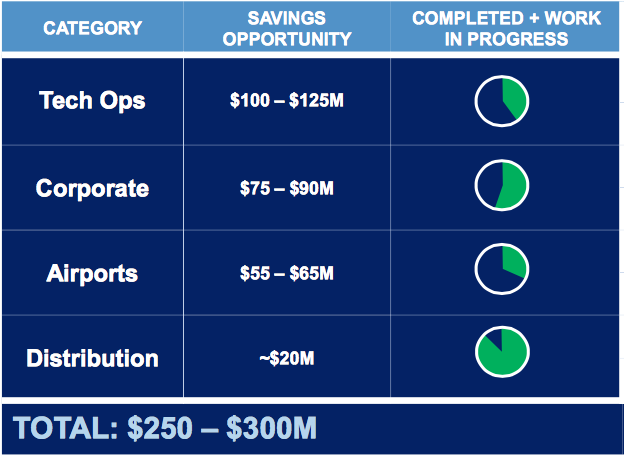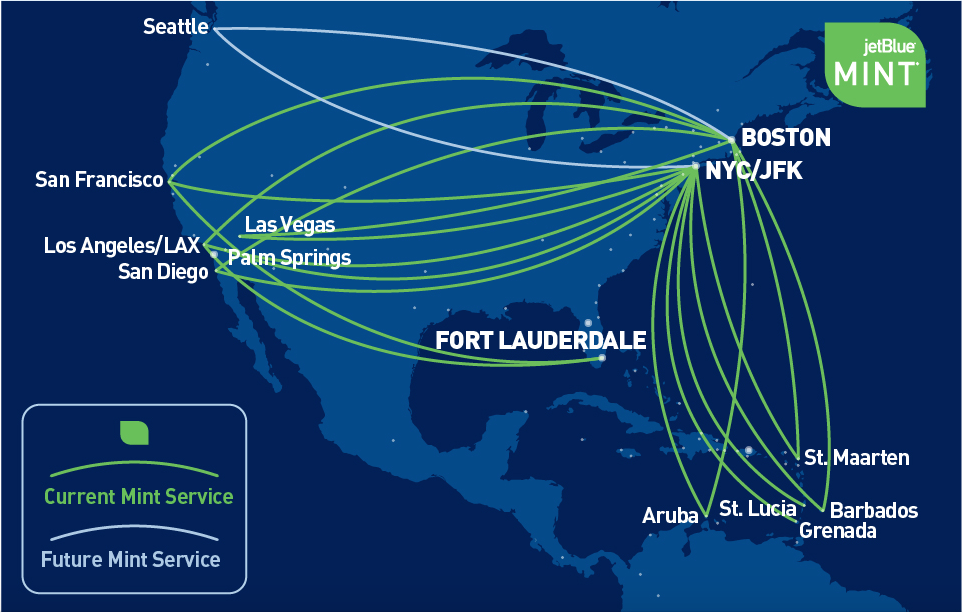The move was part of JetBlue's quest of shed USD250 million to USD300 million in structural costs by 2020, and the airline concluded distribution expense represented roughly USD20 million of that amount.
When JetBlue pulled the plug on those twelve "low value" OTAs, the airline stated the cuts were the first phase of a broader strategy to drive its most price-sensitive customers toward direct distribution.
JetBlue is nearly complete in realising its cost savings in distribution; however, the airline recently stated it expects to squeeze more savings from its distribution expense line.
Company CEO Robin Hayes recently concluded JetBlue was "very happy with how the first move went with removing some of the low value OTAS...and I'll remind you that our number one goal is a direct relationship with customers".
The severing of ties with those twelve agencies was a first step in improving management of JetBlue's distribution costs, said Mr Hayes.
Obviously, JetBlue needs to balance its quest to rein in distribution costs with ensuring key corporate customers have access to its product. Business customers represent roughly 20% of JetBlue's passenger base, and the airline transported roughly 40 million passengers in 2017.
The airline continues to broaden the scope of its Mint premium product and the airline is adding Mint service from its bases at New York JFK and Boston to Seattle in 2018.
During the final quarter of 2017, existing Mint routes outperformed JetBlue's system on a revenue basis, and new routes - Las Vegas and Palm Springs - were performing in line with expectations.
Even as it works to grow its corporate base, JetBlue is hinting it is looking for ways to further trim distribution costs to drive even more traffic to its website.

